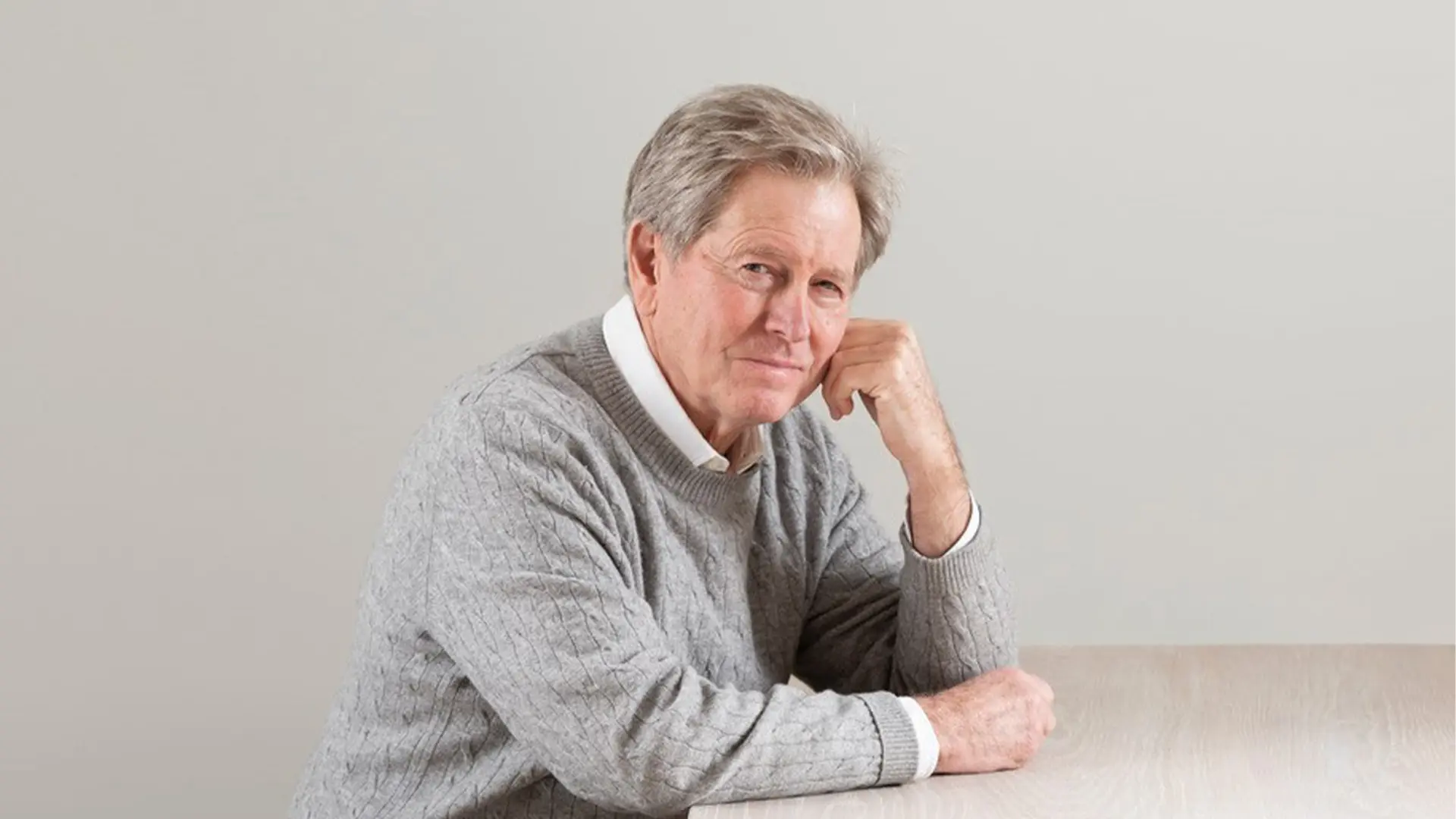From BIG to David Chipperfield, Frank Gehry to Snøhetta: a world tour of the best buildings set to open in 2026
Driven by the pursuit of simplicity: John Pawson tells his story

John Pawson - Ph. Gilbert Mc Carragher
Interview with the British architect, who on 18 April (11 am) will talk with critic and curator Dejan Sudjic in the “Drafting Futures” arena designed by Formafantasma
At the Salone del Mobile.Milano 2024, he will be the protagonist of a long conversation with the author, curator and critic Deyan Sudjic - who is also, or rather, above all, a long-standing friend: the English architect John Pawson is one of the few contemporary architects who manages to find the essence of places. His more than 40-year career has earned him the title of master of modern minimalism. We met him for a preview to talk about his vision, his passions and his relationship with Milan and the Salone.
The instinct to categorise is a very natural one. I am perfectly content to be labeled a minimalist, even though I think it is a word that is often misunderstood and misused. I have always been driven by the pursuit of simplicity – the quest for what I have characterised as the minimum, which is the quality an object or space has when it is no longer possible to improve it by subtraction. I’ve always responded to quiet spaces, where the eye is free to travel uninterrupted.
I think that when minimalism becomes a style rather than a set of fundamental spatial principles, it tends to become - ironically - oddly fancy. Authentic simplicity is very difficult to achieve, it’s not just about painting the walls white and having a signature chair or kitchen spout.
For me the deepest experiences of ease and wellbeing derive from simplicity and clarity. I’ve never seen any contradiction between architectural minimalism and making places that are warm and inviting. I find profound comfort and pleasure in spaces where it’s all about the quality of the light, the proportions, and the surfaces. For me minimalism is not an abstract aesthetic, it’s about creating a physical environment and an atmosphere that allows me to live as I want to live.
I have never really thought of myself as austere. What could be more sensuous than a beautiful expanse of stone or timber, with nothing to distract from the experience of light, shadow, colour, texture, pattern and surface? I’m not interested in producing the architectural equivalent of a hair shirt. The monks, clergy and congregations I have worked with over the past two decades have all come to me because they recognised the rich possibilities of what you make space for when you pare a physical environment back to its essentials. For them, obviously, this spatial freedom is the scope to focus on God – on things of the spirit. Each of these projects has been a huge privilege for me, not least because of the way all of them have allowed me to work with pure light and form at previously undreamt of scales.
I’ve always said that to me it’s all architecture. Everything I design derives from a consistent set of preoccupations about mass, volume, surface, proportion, junction, geometry, repetition, light and ritual.
I think of my camera as a design tool. I use my lens as other people use a sketch book. Architecture is, by its nature, very slow. Projects can take many years to complete. Photography, by contrast, is almost instant and I use it all the time, to record my observations and ideas. Instagram offers me a way to share this visual journal with a wider audience. I enjoy the discipline of selecting the daily image – editing and curating are essential aspects of the architectural process.
I love the elegance and animation of Milan, which are part of what makes the Salone so unfailingly special. I generally find ease in stillness, but for these few days it’s wonderful to feel oneself part of it all – the energy of the place, the conversations, the gatherings of friends…


 Exhibitions
Exhibitions








